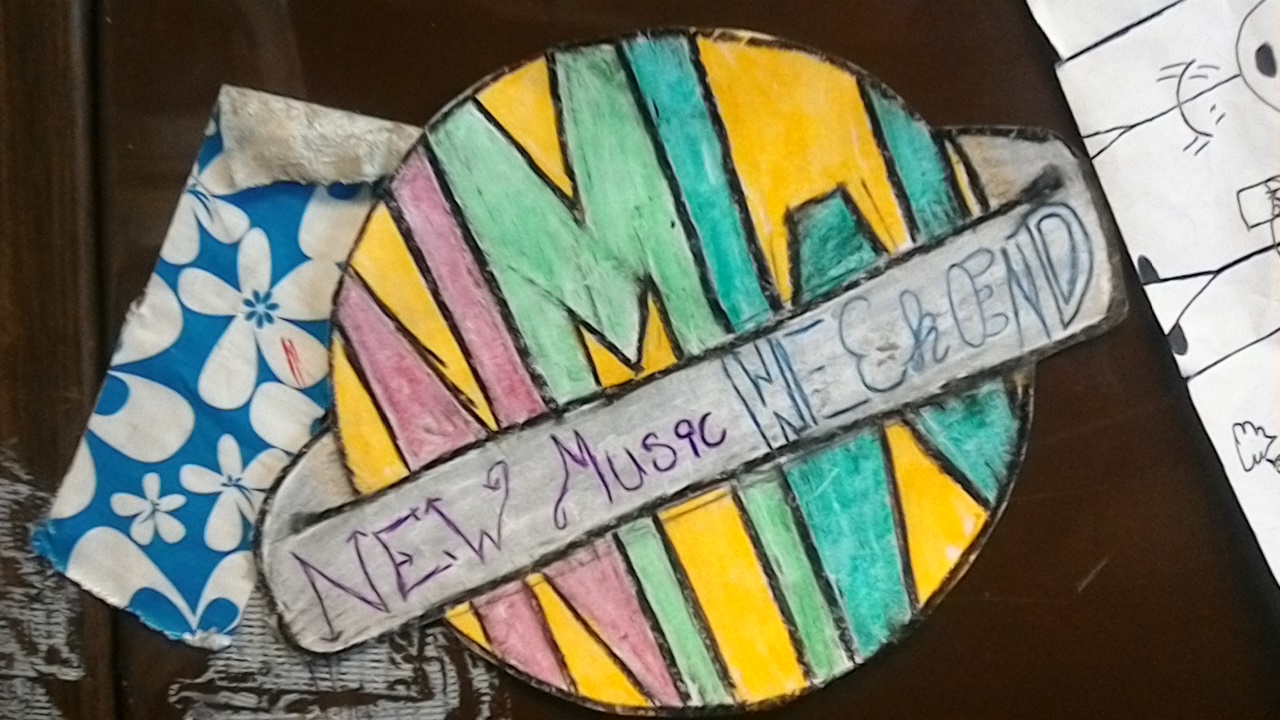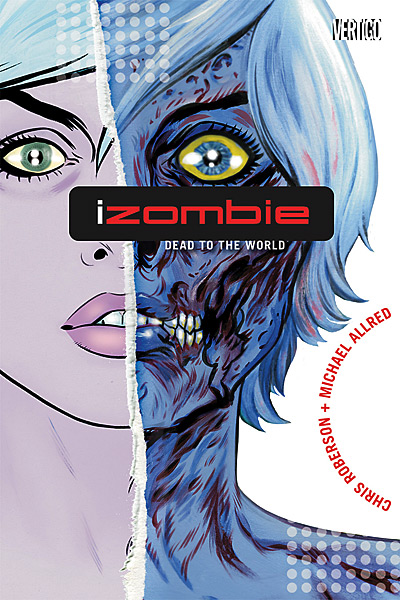Welcome to The Pull List, a weekly column where we check out a first issue of a new series and tell you whether or not to follow the comic based only on that. Today we look at Providence, the new Lovecraftian Alan Moore title from Avatar Press, already touted by some as the ‘Watchmen of horror.’
It’s easy to see why some people would jump to that level of acclaim; many of Moore’s signature elements are in place in Providence, such as the focus on the press, the idea of an urban underworld, the importance of historical context, and the connection between culture and history. I’m not going to jump the gun and call this another masterpiece on the acclaimed author’s shelf, but the way this first issue sets the foundations for its weird horror certainly signals something engrossing and exceedingly thoughtful, as we’ve come to expect of Moore’s work.
The book takes as its theme an existing horror collection entitled The King in Yellow by Robert Chambers, an anthology of short ‘weird tales’ that mention, as a common thread, a play in book-form of the same title that purportedly drives its readers insane. Our protagonist, journalist Robert Black, is investigating the origins of the same work, which in this universe, is proving eerily prophetic with its mentions of public ‘lethal chambers’ and the first World War, with Germany in defeat. The unfolding tale comes to encompass hints of the occult, including the Lovecraftian motif of an exotic alchemical text from the Middle Ages.
Moore has interpreted the Lovecraft Mythos before (which is anachronistic as The King in Yellow predates his work, but anyhow…), but regardless, the idea of him helming an alternate-universe tale of The King in Yellow gives me goosebumps. One of his trademarks involves injecting different types of press into his stories to create a surrealist, immersive effect, like the sensational journalism of From Hell, or the slices of memoir in Watchmen–consequently, I’m very eager to see what connection he draws between literary horror and the historical moment of the early 20th century. There’s a lot to make of the period’s madness, between the wars and social upheavals involved.
As always, in Providence he makes sure to weave into the plot mentions of the historical context, like the ending of the Great War, women’s suffrage, and the Prohibition movement. I have no doubts that these elements will come to a grander thesis as we receive more of the plot, and so I read these little collage snatches with no small amount of excitement.
The pacing and composition of the pages still smack with Moore’s style. There’s a simplicity to the panel transitions, a dedication to show-don’t-tell that feels cinematic and makes even the plainest movements momentous, as you realize their import and connections later. As Robert Black interviews a Spanish doctor with ties to The King in Yellow and its source material, a side-scene unfolds on alternating pages, wherein a well-dressed man enters a lavish, public, mausoleum-type structure. We only learn later that this is one of the public suicide chambers mentioned, which intertwines with Black’s half-mentioned secrets in a personal letter at the end of the issue, detailing Black’s private thoughts, and displaying the disparity between surface emptiness and the rich, seething atmosphere of all private lives.
On the visual end, artist Jacen Burrows renders New York City, 1919 with rich, full detail. Again, I’m thinking of the public suicide house scene, which is framed so quietly and composed so serenely that the contrast with what it’s actually depicting is explosive. And the design of its interior is something out of a David Lynch dream sequence, with busts, marble, a checkered floor, and a gramophone for cold comfort. He brings that same richness to the streets scenes, which helps to immerse the reader in the historical moment.
It’s this level of intricacy that has drawn us all to Alan Moore’s work, and while it’s still too early to pin medals on breasts, Providence #1 is undoubtedly haunting. What’s surprising is that there’s very little actual haunt or horror in this first issue, but the presentation and implications of the themes give you plenty to chew on, for an unsettlingly quiet start to a grand new story.


![The Definitive Chronological Viewing Guide To The James Bond Films [Updated]](https://overmental.com/wp-content/uploads/2015/11/Skyfall-poster.jpg)

